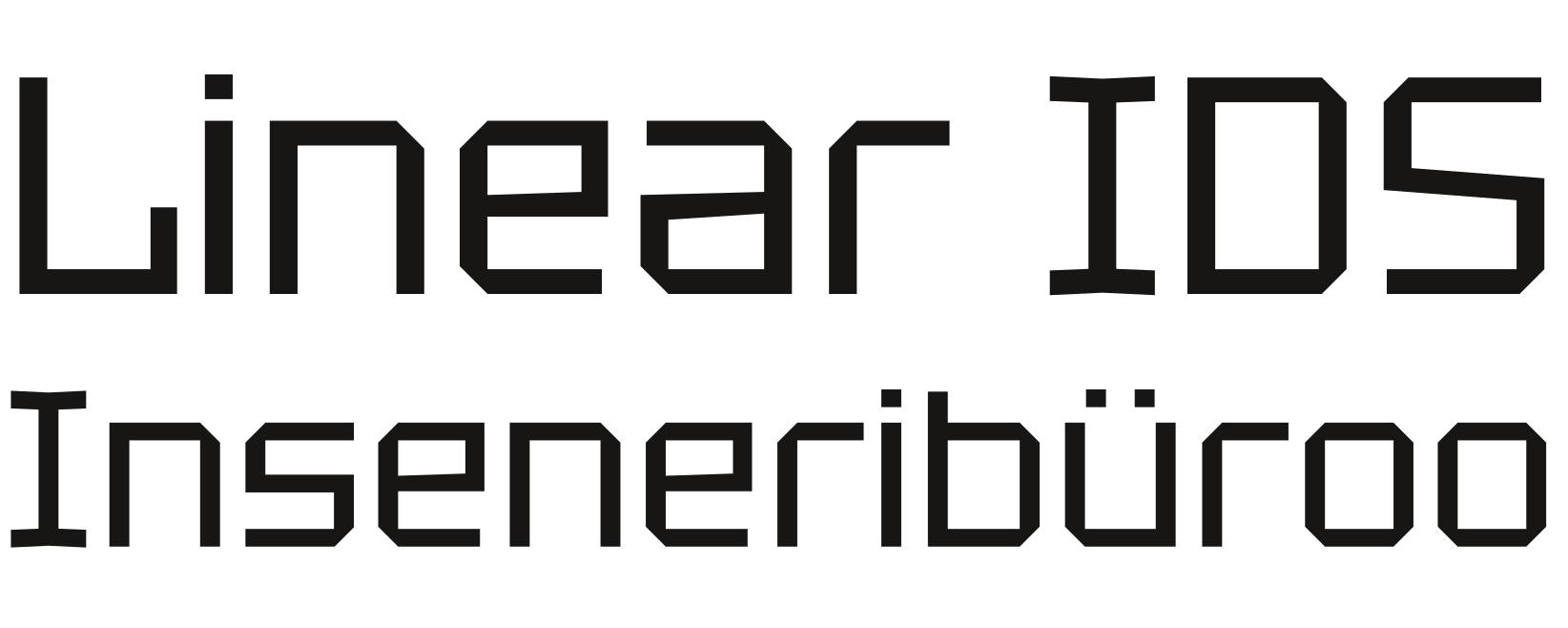The Tools We Use
Strategic frame
Not a document for show—but a structure for making real decisions, both big ones and everyday ones.
When we work with a client, one of the first things we look at is whether their direction makes internal sense. Not just what they say they’re aiming for, but whether their ideas, constraints, and energy actually point the same way. If not, we help them build what we call a strategic frame.
That doesn’t mean writing a thick strategy document. It means clarifying what matters, what’s noise, and what trade-offs are required to move forward without drifting. The frame becomes an internal compass—lightweight, but strong enough to hold real focus.
We guide the process, but we don’t impose formulas. Each frame is shaped to the team’s actual structure and language, so it’s something they can keep using long after we’ve stepped away.
Tarkma
Tarkma is our in-house business software. Originally built for maintenance teams, it has quietly grown into a full operational system for small and mid-sized companies—modular, focused, and designed around how businesses actually work.
You can start using Tarkma as-is—off the shelf, no consulting required. It’s a solid system on its own, and if that’s all you ever need, it will serve you well. But what makes Tarkma different is that it doesn’t lock you in or top out. If your structure grows, Tarkma can grow with you—it’s built for it. And when the time comes you need more than just features—when your whole system needs to flow more cleanly—designing full systems and backing them with highly functional software is deeply rooted in our nature.
hoolda.ee
A different blend of our software platform. This is the original we started with—built for maintenance operations, and still going strong in that niche.
Language
We treat language as a structural tool—not just a means of communication, but a way to build coherence.
In most groups, the same words mean different things to different people. Over time, that leads to weariness, operational drift, and team’s inability to effectively change course to match the reality of the environment. That’s why one of the first things we look at is how people inside the company actually speak—about the work, about each other, and about what matters.
We don’t come in with new vocabulary. We help name what’s already true but not yet clear. Because once the right words exist, decisions move faster, tensions soften, and people can finally stop having the same conversations over and over again.
Structural analysis
Most problems don’t start with people—they start with structure.
We use structural analysis to see what’s underneath the surface. When a process breaks down, a key person quits, or a team gets stuck, it’s easy to focus on symptoms: unclear communication, mismatched expectations, someone needing “a change.” But the real causes are usually structural—silent patterns in how work, roles, knowledge, and authority are distributed.
We don’t guess. We look at how things actually function—where invisible responsibility lives, how routines hold together, what decisions fall through, and who’s quietly carrying more than their role admits. Once that structure is visible, the tension starts to make sense—and the path to change becomes obvious.
Structural analysis isn’t about blaming people. It’s about naming what’s real, so the team can stop firefighting and start designing systems that carry the weight themselves.
Implementation methology
Strategy doesn’t implement itself—and real life rarely matches a whiteboard.
That’s why we stay close during implementation. We don’t just define the direction and hand over a document. We help shape the working structures that make the new direction possible—without turning the whole company upside down.
Implementation, for us, means designing behavior, not just declaring outcomes. We ask: what needs to exist in the environment for this to become the natural way of working? Then we build just enough structure to support it—using what’s already there whenever possible.
When done right, the structure almost disappears. People don’t feel like they’re “following a method.” They just feel like things finally flow the way they were always supposed to.
External tools
If there’s a tool, service, or system that fits your needs and supports your structure, we’ll use it. We don’t ignore existing platforms—we integrate with them when it makes sense. What matters is whether it reduces noise instead of adding new layers of complexity.
Our goal isn’t to showcase technology. It’s to solve the real problem—quietly and effectively.
